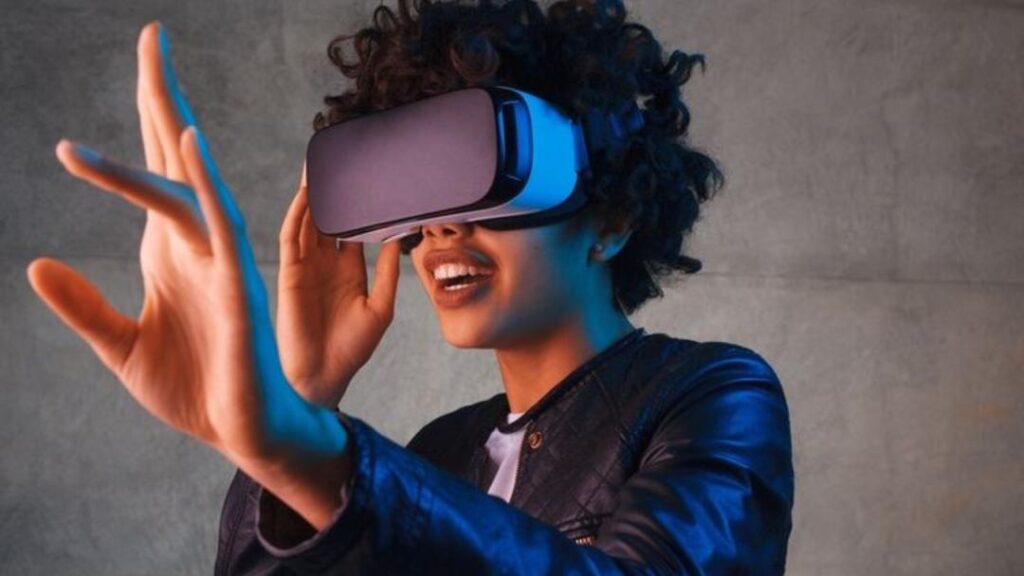Poised for Mainstream Adoption: The Dark Side of AR/VR in Education (and Why We Should be Worried)


As educators and policymakers alike continue to hail the potential of Augmented Reality (AR) and Virtual And as both researchers warn against these risks, we must pause before celebrating their promises for enhancing student learning and consider alongside them: what are our possible perils when they power pedagogy?
To begin with, AR/VR is a distraction. In doing so, we are removing students from the actual world and real human contact that is required for them to mature into healthy functioning adults. Critical social skills, empathy and emotional intelligence must be developed by students who spend time with their peers, teachers and environment.
In addition, inequality in the education system may also be made worse by AR and VR. The potential to create a new digital divide that would further disadvantage many less privileged students — as not all families or schools can afford devices for every student, and internet connectivity is an issue in some places. On top of that, the price point for bringing AR/VR into schools could be extremely high compared to what those budgets have available as well.

There are also concerns with how AR/VR affects the physical and mental health of students. The longer you use VR headsets, the greater harm they will cause on point of injuring nerves; eye stresses well as potential addiction are all potential dangers. Plus, the reality nature of VR can make some people feel anxious or disoriented — and for others it might even trigger PTSD.
Secondly, we must regard the pedagogical implications of using AR/VR as well. These are technologies that deliv-er less choice and more echo, a kind of Experience called audience is one in which Smart-tech provides pre-determinate experiences; technology does what it knows best which con-sumptionization to the level learning simply receives information rather than participatesactively as screenflowers. This means it inhibits vital life-skills like independent thinking, creative and problem-solving skills so necessary for thriving in the 21st century.
Finally, we have to interrogate what is driving the push for AR/VR in education. Does the strategy focus on bettering student learning, or does it serve as a Trojan Horse for Slimy tech companies to conquer new territory?
Ultimately, AR/VR technologies could benefit parts of education but should also be handled with care and thought ridings possible hazards on their uptake. We can focus on human interaction, equity-awareness and pedagogical fitness to design a more inclusive learning experience where the needs of all students are met.





